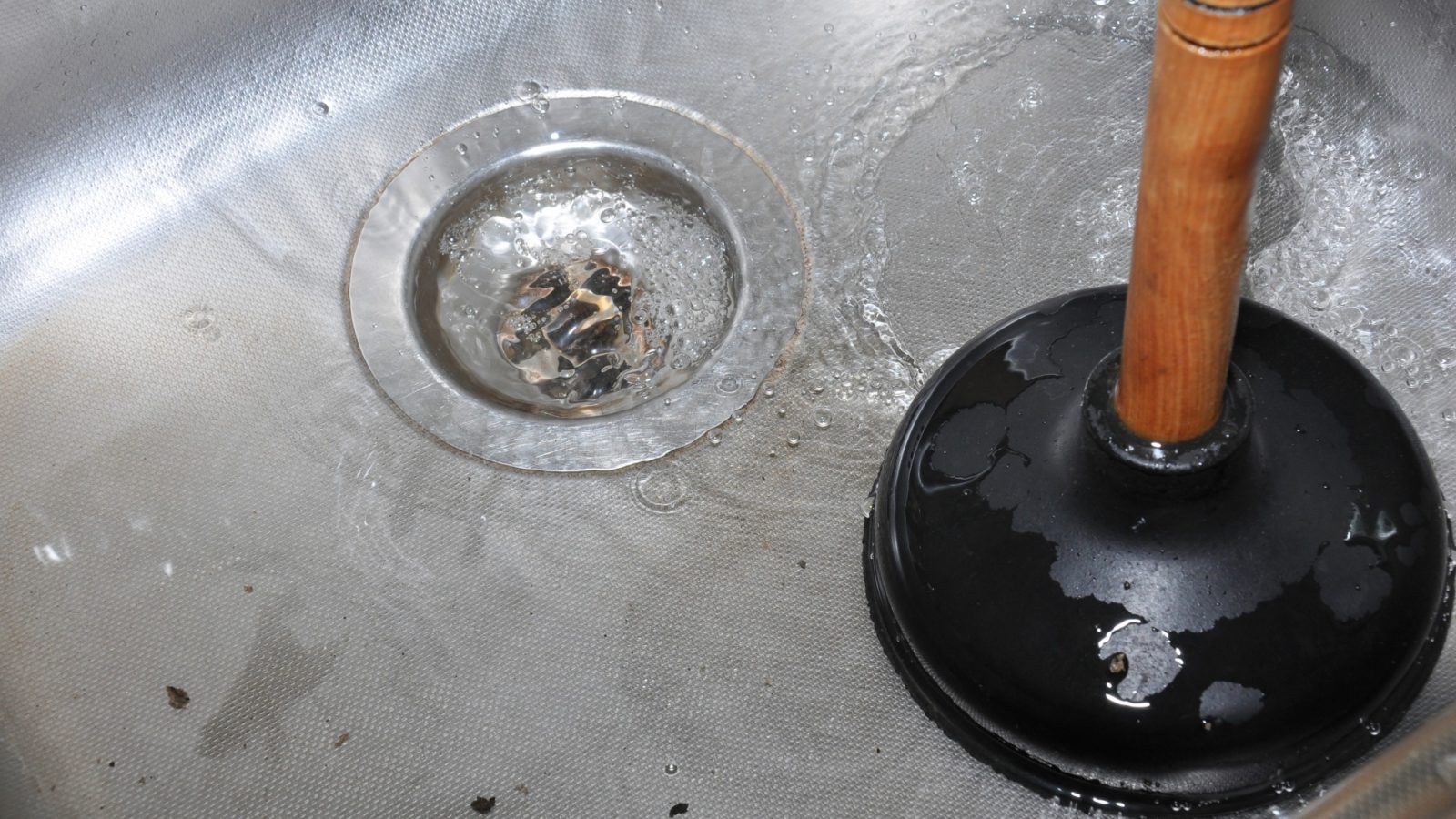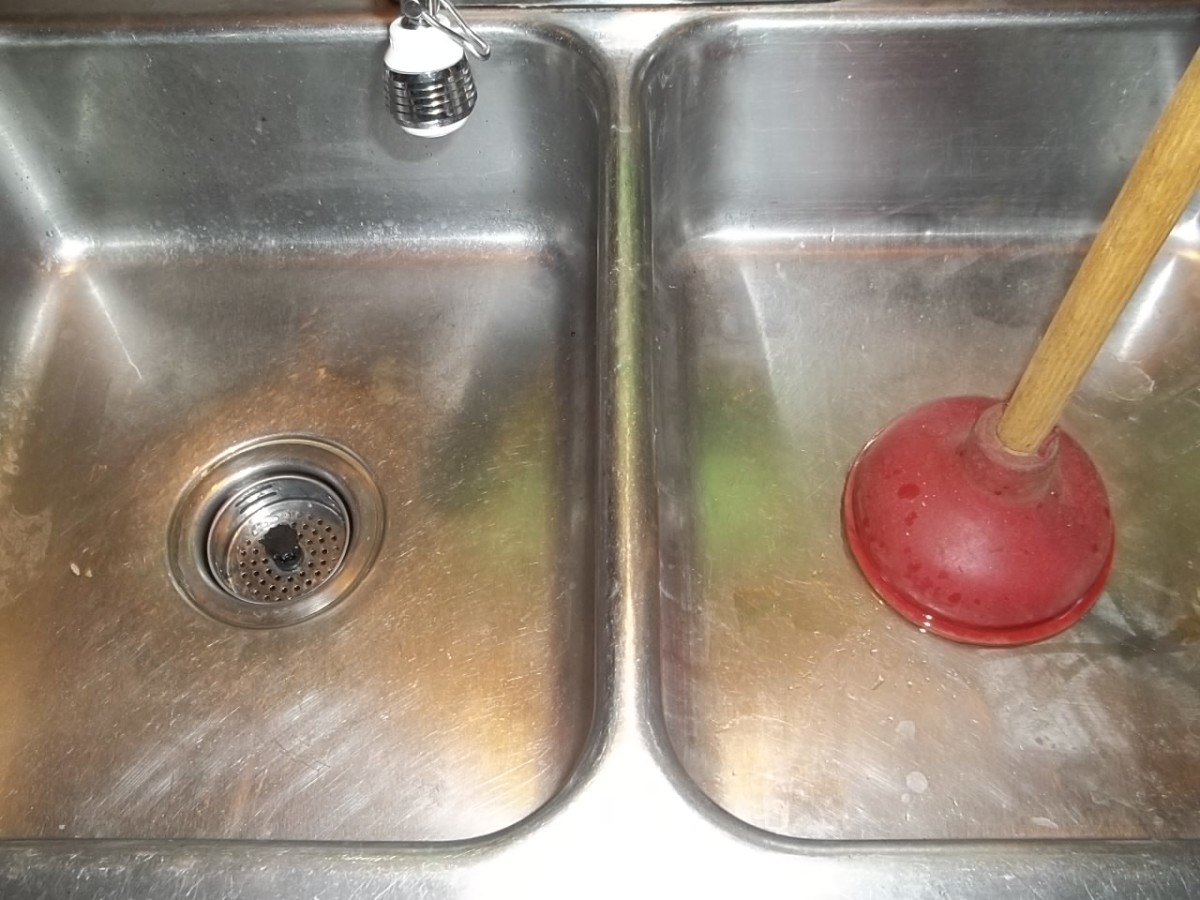5 Proven Do-It-Yourself Ways for Kitchen Sink Unclogging
5 Proven Do-It-Yourself Ways for Kitchen Sink Unclogging
Blog Article
Presented here down the page you can find a bunch of outstanding points relating to Fixing Typical Household Plumbing Problems.

In this write-up, we will be checking out 5 straightforward actions you could take to free your kitchen sink from clogs and save you from the discomfort and embarrassment of dealing with a clogged cooking area sink.
Blocked kitchen area sinks are one of one of the most common drain problems homeowners encounter. And what's even more, it's a extremely unpleasant and unpleasant view. Picture mosting likely to the sink to do your recipes and finding out that the drainpipe is blocked as well as water can not flow down conveniently.
The majority of clogged up water drainages are triggered by food debris, soap, oil, and fat bits. They obstruct the sink as well as make it hard for water to go down the drain quickly. While it is alluring to put a call through to the plumbing technicians, there are a few DIY hacks you can try first before making that telephone call.
1. Baking Soda as well as Vinegar
In contrast to using any type of form of chemicals or bleach, this approach is much safer and also not hazardous to you or your sink. Sodium bicarbonate and also vinegar are daily house items utilized for many various other things, and also they can do the trick to your kitchen area sink.
Firstly, eliminate any water that is left in the sink with a cup.
Then put a great quantity of baking soft drink down the tubes.
Pour in one mug of vinegar.
Seal the water drainage opening as well as allow it to settle for some mins.
Pour hot water away to dissolve various other stubborn residue and fragments.
Following this straightforward technique could work, and also you can have your kitchen sink back. Repeat the process as long as you regard necessary to free the sink of this particles completely.
2. Try a Plunger
If the problem is not from the waste disposal unit, you can try utilizing a bettor. Bettors are common house devices for this celebration, and also they can be available in useful if you utilize them appropriately. A flat-bottomed bettor is most suitable for this, but you can use what you have is a bathroom bettor.
Follow the list below straightforward steps to utilize the bettor effectively:
Secure the drain with a cloth and load the sink with some warm water
Place the plunger ready over the drainpipe as well as start plunging
Check to see if the water runs openly after a few dives
Repeat the process up until the drainage is complimentary
3. Maybe it's the Garbage Disposal
In numerous cases, the blockage might be due to a clog in the disposal. Usage pliers instead.
You can discover the following option to unclog your cooking area sink if this does not work.
4. Use a Hanger
Utilizing a cable cloth hanger or a plumber's serpent if you have one can do the technique. All you need do is correct the hanger to go down the drainpipe while you very carefully pick out the fragments triggering the obstruction.
Run hot water away after this to see how effective you were.
5. Use Boiling Water
When confronted with a clogged sink, the first thing you need to try is to put boiling water down the drain. That has to do with the most simple remedy to stopped up sinks as well as water drainages. Boiling water aids counteract the bits and debris causing the clog, particularly if it's oil, soap, or grease fragments, as well as in many cases, it can flush it all down, and your sink will certainly be back to regular.
Since hot water could thaw the lines and also trigger more damages, do not attempt this technique if you have plastic pipes (PVC). If you use plastic pipelines, you may want to adhere to utilizing a plunger to obtain debris out.
Using this approach, turn on the tap to see just how water flows after pouring warm water away. If the blockage continues, try the process again. Nonetheless, the blockage could be extra consistent in some cases and also need greater than simply boiling water.
Final Words
Attempting these couple of techniques can conserve you the expenses of having a plumber inspect it. Yet in a lot of cases, a plumber is what we require. In cases where you discover it tough to unclog the sink even after trying all these approaches, it might be time to leave it to the specialists.
Call professional plumbing business to repair your drain issues and other different home plumbing demands.
Obstructed kitchen sinks are one of the most typical drainage issues property owners deal with. Imagine going to the sink to do your dishes and also finding out that the drain is clogged and water can not flow down easily.
They block the sink as well as make it hard for water to go down the drain rapidly. When encountered with a blocked sink, the very first thing you ought to attempt is to put boiling water down the drain. Boiling water aids counteract the particles as well as debris causing the obstruction, particularly if it's oil, oil, or soap fragments, and in lots of cases, it can purge it all down, as well as your sink will be back to regular.
How to Unclog a Kitchen Sink
Take the Plunge
Start your efforts by plunging. Use a plunger with a large rubber bell and a sturdy handle. Before getting to work on the drain, clamp the drain line to the dishwasher. If you don t close the line, plunging could force dirty water into the dishwasher.
Fill the sink with several inches of water. This ensures a good seal over the drain.
If you have a double sink, plug the other drain with a wet rag or strainer.
Insert the plunger at an angle, making sure water, not air, fills the bell.
Plunge forcefully several times. Pop off the plunger.
Repeat plunging and popping several times until the water drains.Clean the Trap
The P-trap is the curved pipe under the sink. The trap arm is the straight pipe that attaches to the P-trap and runs to the drain stub-out on the wall. Grease and debris can block this section of pipe. Here s how to unclog a kitchen sink by cleaning out the trap:
Remove as much standing water from the sink as possible.
Place a bucket under the pipe to catch the water as it drains.
Unscrew the slip nuts at both ends of the P-trap. Use slip-joint pliers and work carefully to avoid damaging the pipes or fasteners.
If you find a clog, remove it. Reassemble the trap.
If the P-trap isn t clogged, remove the trap arm and look for clogs there. Run the tip of a screwdriver into the drain stub-out to fetch nearby gunk.Spin the Auger
With the trap disassembled, you re ready to crank the auger down the drain line.
Pull a 12-inch length of cable from the auger and tighten the setscrew.
Insert the auger into the drain line, easing it into the pipe.
Feed the cable into the line until you feel an obstruction. Pull out more cable if you need to.
If you come to a clog, crank and push the cable until you feel it break through. The cable will lose tension when this happens.
Crank counterclockwise to pull out the cable, catching the grime and debris with a rag as the cable retracts.

As an enthusiastic person who reads on Common Household Plumbing Issues, I think sharing that excerpt was beneficial. Are you aware of someone else who is fascinated by the topic? Do not hesitate to promote it. Thanks for going through it.
Fast response, call now! Report this page